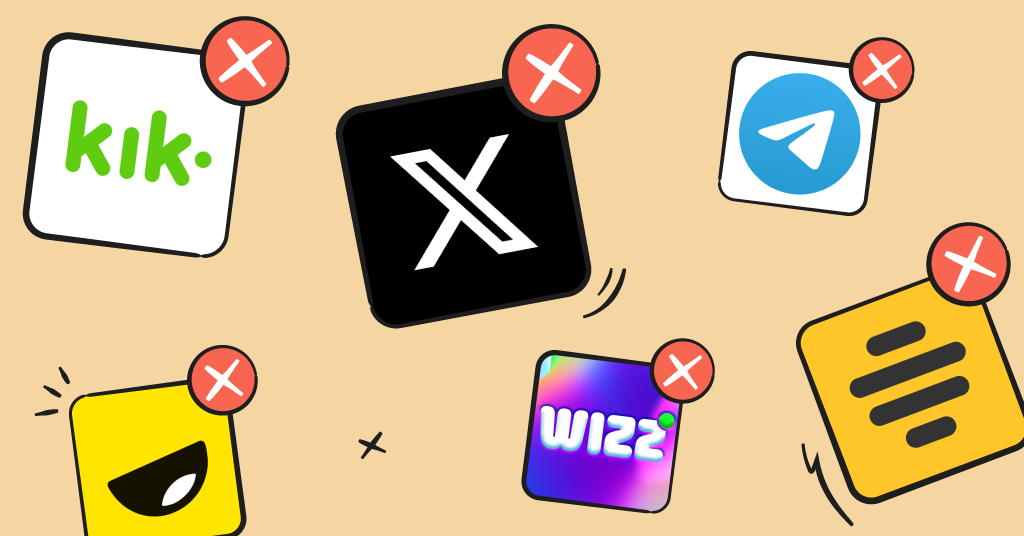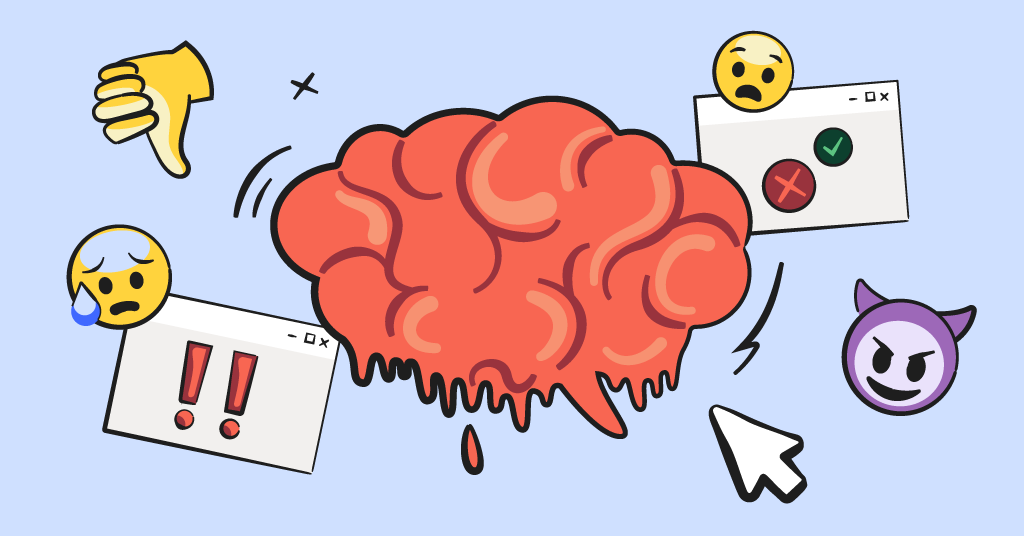FOMO — or fear of missing out — starts early in kids, as you might remember. It’s usually the main reason they fight bedtime tooth and nail when they’re young, as they’re afraid they may miss something once they fall asleep.
In today’s hyper-connected world, though, FOMO hits teens and tweens in a different way thanks to phones and social media. When we were growing up, we only knew if people were hanging out without us once we got back to school and heard about it. Today, kids can know instantly what all of their friends are doing 24/7, which can hurt if they’re left out! In this blog post, we’ll teach you some ways to help deal with FOMO when it rears its ugly head so your child can feel better about living in the moment.
The Mental Health Effects of FOMO Are Real
For kids of this generation, there’s not a huge delineation between the online world and the digital world. This means the things they see online can feel extremely real and pressing. FOMO, in the form of seeing other people’s fancy vacations, cool parties, and huge friend groups, can make a child feel bad about themselves in comparison. Their self-esteem can take a huge hit, leading to sadness, irritability, jealousy, and other negative emotions. Eventually, they can snowball and cause anxiety or depression.
How to Deal With FOMO in Kids
Make digital detoxes a part of everyday life
FOMO is one of those things that grows the more you lean into it. The more often your child opens Instagram, checks their friends’ location, or reads group chats about what everyone’s doing, the more they may feel lonely, left out, or just plain uncool. To help prevent this constant timesuck, institute hard and fast digital detox times throughout the day where phones and devices aren’t allowed. Good ones to start with are bedtime (charge in the kitchen or your room), mealtimes, and family movie time.
Explain how other people’s highlight reels aren’t always accurate
The things people post on social media — even kids — tend to be the highly curated and not necessarily the truth, the whole truth, and nothing but the truth. People share their best moments that they want the world to know, even if the reality is that the party was lame or that they got in a fight with their boyfriend. Once your child understands this, it may help them understand that what they thought they were missing out on really wasn’t that great.
Focus on real-word connections
Keeping up with online activities in the form of countless photos, posts, DMs, comments, and replies can be exhausting, and it’s hard to read tone in all of these things since they’re not in real life. If your child is starting to feel sad, isolated, or just plain down from all the things they see online, encourage them to put the phone down and do things in person. Schedule regular hangout sessions, try to play video games together in person (it can happen!), and join sports or extracurricular activities. There’s nothing that can replace laughing with a friend in real life and seeing an actual smile on their face.
Limit social media as much as possible
Of all the parents we talk to here at Bark, not a single one has ever expressed regret over not giving their child access to social media sooner. It’s a bell that’s hard to unring, and social media can drastically change the way your child interacts with the world and their peers. Consider delaying it as long as you can, and when/if you do allow it, put some serious social mediad boundaries on it so they don’t get in over their head. Many adults feel bad from FOMO with apps like Instagram, and they’ve had years to mature. It’s only natural that kids would have a hard time navigating negative emotions from it.
Remind them that they have lots of time to experience things
FOMO often stems from a fear that a kid is missing out on an experience that won’t come around again. Kids feel their feelings very strongly, and they don’t have much experience managing expectations. The truth that all parents know, however, is that there’s plenty of time for your child to make memories, try new things, and have fun experiences. Help them understand that they don’t need to do everything right now. Whether it’s attending a party or joining a group hangout, there will always be new opportunities. Remind them that life is long and full of endless possibilities — their time will come, and missing out on one thing doesn’t mean they’re missing out on everything.
How Bark Can Help
If FOMO starts to become a serious issue for your kid, Bark can help. Our award-winning service monitors your child's online activities for signs of depression and anxiety — emotions often tied to feeling left out. (Bark also monitors for other issues as well, including online predators, suicidal ideation, drugs/alcohol, sexual content, and more.)
You can also use Bark to limit social media time and block the apps that seem to contribute the most to your child's feelings of FOMO. Growing up is hard enough — Bark can help you let them just be a kid again. Start your free, 7-day trial today to see how it can change your child’s relationship with the digital world.
Read more
Bark helps families manage and protect their children’s digital lives.






